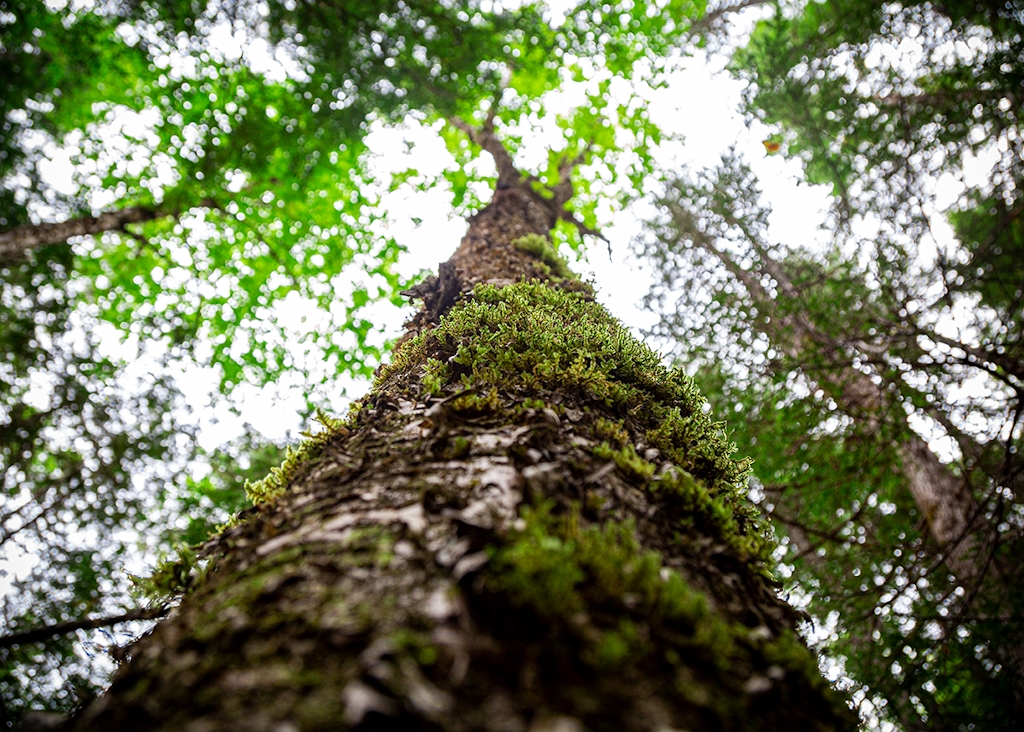Written by Bob Perschel, New England Forestry Foundation Executive Director
I am pleased to be a co-author of the exciting new Wildlands in New England report released by Wildlands, Woodlands, Farmlands & Communities. Thanks to this report, we now have an accurate, detailed picture of where and how much wildland protection exists in New England, and this allows New England Forestry Foundation (NEFF) to put several important goals in perspective as we focus on improving forest management across the region through our new USDA Climate-Smart Commodities program.
We have three global crises affecting New England that call for an integrated, systems approach to land conservation: a climate crisis, a biodiversity crisis and an affordable-housing crisis.
In this context, leaving some forests protected and untouched as wildlands is essential to biodiversity, as well as to providing foresters with important information about how natural forests grow and how we can develop better forestry practices to mimic them. The new report identifies 650 properties that are permanently conserved as wildlands, and when combined, they make up only 3.3 percent of the region. We need to reach at least 10 percent to support biodiversity in an era of climate change.
This goal is in keeping with international conservation efforts: Wildlands are an important component of the 30×30 initiative to conserve at least 30 percent of the planet’s land and waters by 2030. More than 100 countries have signed on to the initiative, including the U.S. through a preliminary report to the National Climate Task Force titled, “Conserving and Restoring America the Beautiful.” It is important to note that the words “protect” and “conserve” are often used interchangeably when 30×30 is referenced, but it is clear both managed forests—which are sometimes excluded from the concept of land “protection”—and wild forests are part of the mix that should eventually total 30 percent.
A systemic approach to forest conservation, where wildlands are embedded in a well-managed forested landscape, produces the best results for biodiversity and the climate. In New England, NEFF has provided the blueprint for the managed-forest portion of the 30×30 goal through Exemplary Forestry and our 30 Percent Solution. The new Wildlands in New England report provides the pathway for the wildlands portion.
The report offers some hope for the region but doesn’t shrink back on important challenges for the 30×30 goal. The New England landscape is already more than 20 percent conserved, with some states well ahead of others. This accomplishment is a testament to the decades of work performed by conservation organizations, land trusts, and state and federal agencies. We are well on our way to the 30×30 goal, and we can lead the globe with our future accomplishments. At the same time, the report indicates we are still far out of balance when it comes to the percentage of the landscape protected as wildlands, and NEFF has highlighted the improvements New England needs to make to bring forestry to a higher ecological standard. We have a lot more work to do, but we can get there!
This new wildlands report is groundbreaking because it adds one more important piece to the puzzle of protecting the natural New England landscape. It joins NEFF’s 30 Percent Solution and the New England Food Vision as one of the major pathways that must be integrated and accomplished to secure our future. More work needs to be done to understand how to ensure our regional natural treasures support all citizens of New England equitably, including historically underserved populations. Using climate-smart wood from our forests to deal with the affordable housing crisis is one avenue now open to NEFF through our Climate-Smart Commodities grant, and we are exploring ways to engage more deeply with urban forestry needs. We are looking forward to working on full integration of these important areas with our colleagues in the Wildlands, Woodlands, Farmlands & Communities collaboration.
Top photo by Michael Perlman


